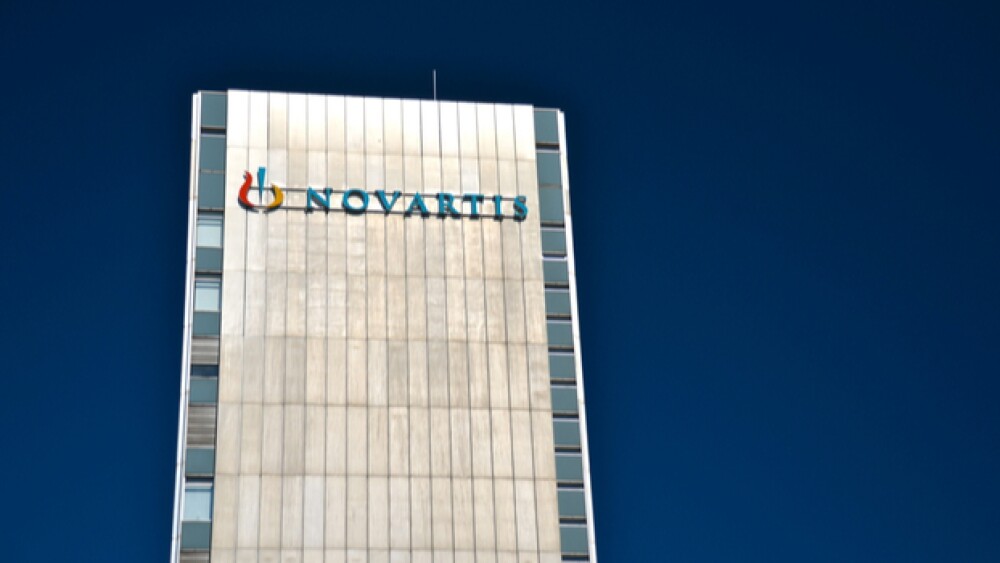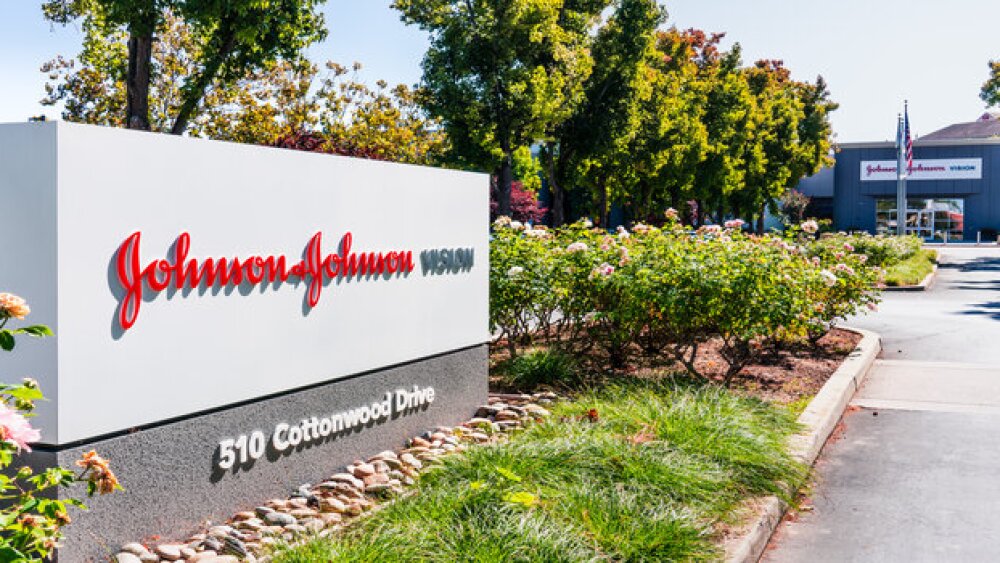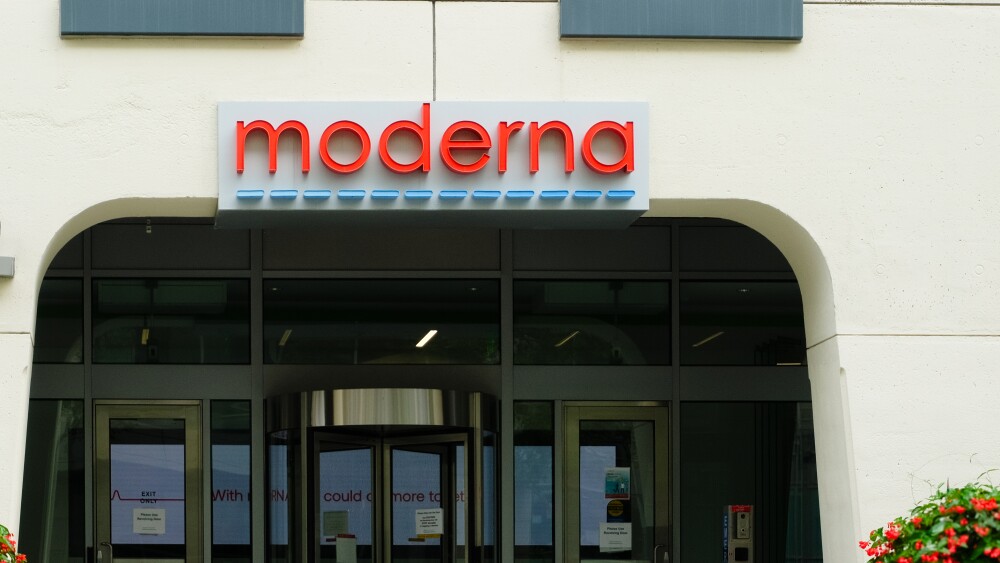Two weeks after Novartis announced it would sell its nearly one-third voting stake in next-door neighbor Roche, investors are chomping at the bit to find out how that almost $21 billion will be put to work.
lucarista / Shutterstock
Two weeks after Novartis announced it would sell its nearly one-third voting stake in next-door neighbor Roche, investors are chomping at the bit to find out how that almost $21 billion will be put to work.
It’s been a bit of a tough go for Novartis, with some highly anticipated drugs experiencing setbacks this year. Lung cancer hopeful canakinumab struck out twice in meeting the primary endpoints on two different Phase III trials. The company’s CAR-T therapy was the first to ever be approved in the US, but failed to treat patients with aggressive B-cell non-Hodgkin lymphoma in a Phase III trial. Novartis’ shares have dropped about 13% year to date.
With four years at the helm, CEO Vas Narasimhan is feeling the heat from investors to make a play with that pile of cash from the massive sale of its 20-year stake in Roche. The two Basel-based companies have become increasingly competitive over time and, thanks in part to its COVID-19 products, Roche’s stock price was at an all-time high for the sale. Novartis’ $5 billion investment from 2001-2003 turned into a $20.7 billion payout on top of the dividends paid out over the years.
“We don’t need to own a competitor and we have seen a strong run on the valuation of Roche, so when they indicated openness to a transaction to allow us to exit, we decided to proceed in the best interest of shareholders,” a Novartis spokesperson said.
An anonymous source hinted to Bloomberg that buying a biotech company with all that cash is on the table, with Alnylam Pharmaceuticals an excellent option.
Alnylam currently has a market valuation of $20 billion and posted positive 18-month mark results in its Phase III study of its RNAi drug for hATTR amyloidosis. Fellow RNAi player Dicerna just announced it’s been wooed by Novo Nordisk to the tune of a $3.3 billion engagement, leaving the market prime for another big-ticket acquisition.
Other potentials include Vertex Pharmaceuticals, which would come with a hefty cystic fibrosis pipeline, CRISPR-focused Intellia Therapeutics, neuroscience pioneer Biogen with its newly approved Alzheimer’s drug, and many more.
Vontobel analyst Stefan Schneider advises investors to hold on to Novartis shares while the company takes this next step. Life science investments take time to be fruitful, but the payout is worth the wait when a big breakthrough does come.
Narasimhan is also considering selling off Novartis’ Sandoz division, one of the largest generics entities in the world and the company’s leading business unit for biosimilar products. Sandoz has been struggling with falling prices in the US market, with sales down 20% during a recent quarter.
Other pharmaceutical companies have paved the way, splitting their businesses into multiple entities. GlaxoSmithKline has a slew of potential suitors for its consumer health business. bluebird bio completed its oncology program spinoff into a new entity, 2seventy bio, earlier this month. Last week, mega-company Johnson and Johnson announced it will be breaking off its consumer products business from its pharmaceutical and medical device firms to form two publicly traded companies.
According to a partner at London-based pharmaceutical consulting firm Novasecta, this sudden surge of business splits removes the safety hedges to double down on innovation. They’re shedding assets that don’t fit at the core of their mission statements to go all-in on what does.
“That’s what investors want. They don’t want all of this distraction,” said John Rountree.
If Narasimhan does decide to sell off Sandoz, he would be adding as much as $50 billion to the table to make some deals. Experts expect the company will be looking at some high price tags in order to gain some late-stage assets for faster growth for the sake of its investors.






